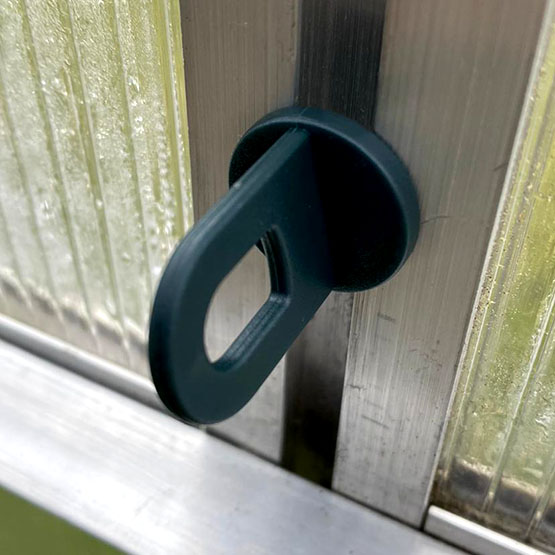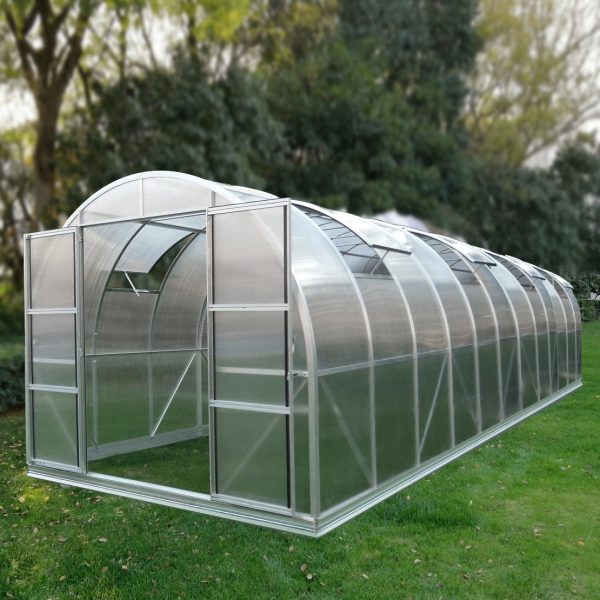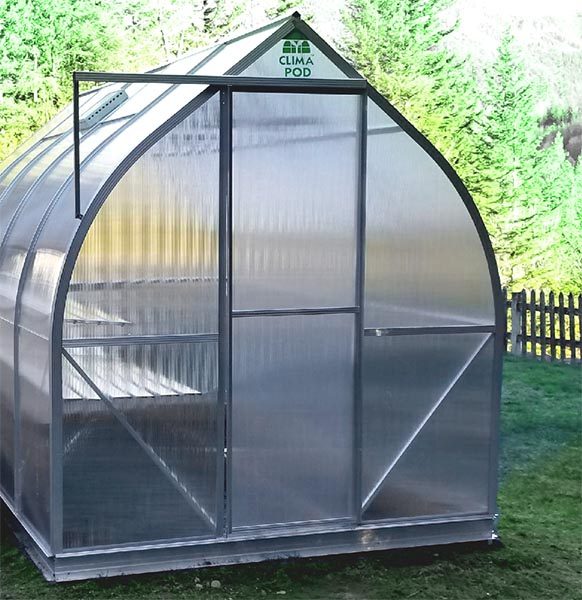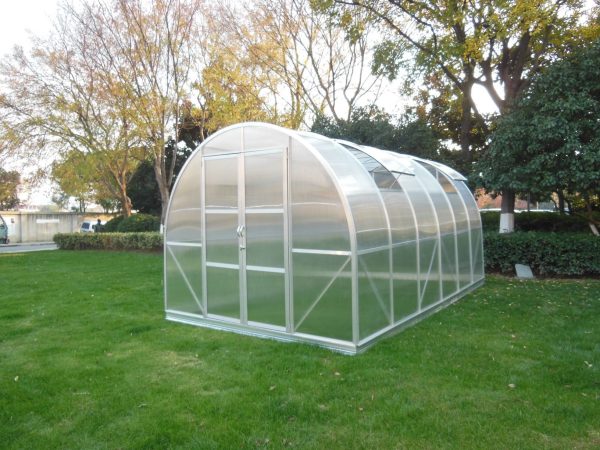Growing in a home and in general greenhouse gardening is a lot more fun now than it was 50 years ago. Since then there have been many drastic changes in home greenhouse management.
It is a lot easier now to keep the greenhouse free from insect plant pests, thanks to the development of new insecticides both chemical and natural along with IMP – Integrated Pest Management.
Back in the’50′s aerosol bombs provided a very efficient way of distributing insecticides in very fine droplets. To create an aerosol bomb, dissolve the insecticide in a low boiling liquid such as methyl chloride or freon-12. This liquid under pressure must be pumped into metal cylinders. When the cylinder valve is opened, the mixture is ejected in the form of a fine jet. The propellant evaporates almost immediately, while the less volatile insecticide remains suspended in the air as tiny particles that then fall on leaves and insects.
Aerosol bombs were far more convenient and economical than are the ordinary spray or dust forms of insecticides. Commercial growers have found that efficiency is much better if greenhouse leaks are eliminated first, and the treatment is done in little draft or no wind at all.
Whenever there is a choice. I would prefer to use the emulsifiable solution rather than the wettable powder. The former leaves far less visible residue on the plants and is a more efficient insecticide than the wettable powder. However, to some greenhouse plants emulsifiable solutions are toxic.
Some spray materials are more effective when a wetting agent is added to them. For home growing, you can use liquid household detergents. Before adding an insecticide or fungicide to the water, you need to add a very small amount of detergent.

An systemic insecticide applied to the soil will control many insects and mites which infest African-violets, cyclamen, delphinium and foliage plants. You need to add enough water so that the insecticide is well distributed in the soil. You can also use dosing and liquid fertilizer application devices when applying systemic insecticides. Remember that chemicals must be handled very carefully. Also remember that you cannot grow vegetables on soils that have been used with these materials.
Now we know that proper use of water in the greenhouse will reduce the amount of disease. For example, excessive or careless watering of such plants as African-violets, primulas and begonias will promote leaf and stem decay. Overdoses of water, especially on heavier soils, will also increase the possibility of root and stem rots caused by the pythium, phytophthora and sclerotinia fungi.
You can largely prevent leaf infestation by fungus by carefully watering the soil and not the leaves of the plants. Most fungus and bacterial spores must stand in free water for several hours before they can germinate and cause infection.
One important exception to this rule is the powdery mildew fungus, a serious problem to roses, African-violets, begonias, verbenas, calendulas, phlox and snapdragons. This fungus does not infect leaves when free, liquid water is present. As a matter of fact, mildew infections are more prevalent on plants growing near doors or broken or leaky windows where there is a draft and evaporation is rapid.
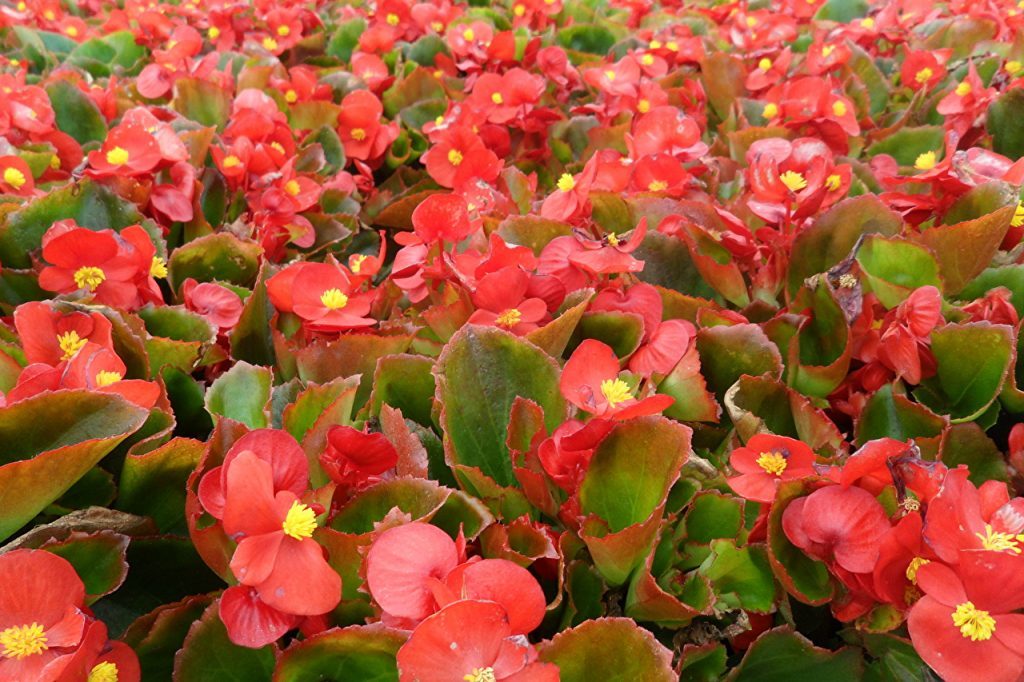
Botrytis fungus becomes troublesome in dark humid weather. On begonias it causes stem rot: on cyclamen it affects the leaves. On geraniums, lilies, bougainvilleas and snapdragons it affects both leaves and flowers.
An old-fashioned but still fairly effective way to keep botrytis infection to a minimum is to practice sanitation. Infected flowers and leaves should he removed as soon as noticed, and burned or carted out of the greenhouse. They should never be thrown beneath the bench or into any container in the greenhouse. Reducing the humidity by control of heat and ventilation, increasing air circulation and avoiding the splashing of water all help to reduce botrytis infection. Where the botrytis problem is serious, occasional spraying with zineb or captan will also help. Soil-borne diseases are more difficult to control.


